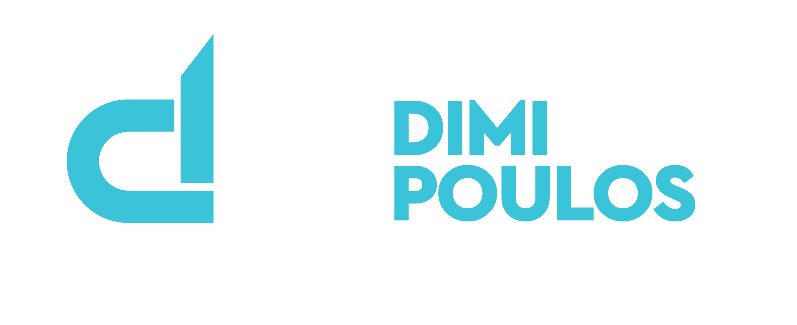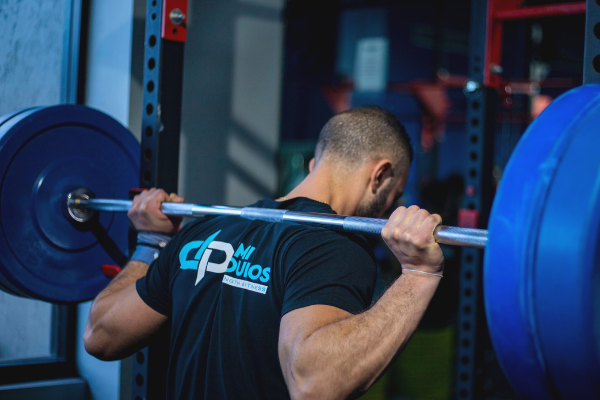If you’re short on time and want to build strength, don’t overcomplicate your training. Focus on movements that you can get the most out of:
- Back squat – develops legs and is one of the most effective exercises at activating almost all of the muscles in the body at the same time, especially at higher intensities.
- Deadlift – develops posterior chain strength and is also highly effective at activating the majority of the muscles in the body.
- Shoulder press – develops shoulders, and also works the core to stabilise.
- Chin up – to balance out the pressing and prolonged hours of sitting during day to day activities.
- Split squat – to address any bilateral deficits.
- Stiff leg deadlifts – to develop glutes and hamstrings and balance out lower pushing movements.
Strength
When completing a few stable exercises during the week, make your focus on high intensity so you get the most strength benefit out of it. When choosing movement/s for the day, focus on:
– quality in every rep.
– high intensity training zones based on how you feel that day.
– movements that activate as many muscles in your body at one time as possible.
The back squat
This exercise will give you the highest level of activation in terms of using the majority of muscles in your body at one time. The more load you are able to push in each set, the higher level of activation you will achieve.
Muscles used in the back squat include the quadriceps, glutes, hamstrings, core stabilisers and shoulder stabilisers to keep the bar secure. If there is a day in the week when you only have time for one exercise, your squat day should be that day as it will take a lot out of you and will require more recovery time after each set.
Deadlift
This exercise is a posterior driven movement that builds strength in your glutes, hamstrings, upper back and core stabilisers.
It is similar to the squat in that it activates the majority of the muscles in the body, but can differs in its recovery due to the taxing nature it has on the nervous system:
1- Unlike the squat where you can bounce (utilise stretch reflex) after the eccentric phase, the deadlift starts from a completely stopped position, making it a more difficult lift to initiate.
2- You can generally lift more weight in the deadlift than the squat.
3- More axial force is being applied to the spine which requires a greater effort in order to protect the body’s neural transmission centre.
On a day when choosing heavy deadlifts, you may need to give yourself a couple of days rest after it because of the central nervous system fatigue that occurs proceeding the session.
Shoulder press
Can be done with a barbell or dumbbells depending on the type of shoulder mobility you have. The standing overhead press will help develop shoulder strength and work core stabilisers.
Core muscles such as the obliques, erectors, spinal stabilisers, transverse abdominals, will be isometrically contracting to stabilise the midline, and the glutes will work (should be “squeezed”) to reduce lower back hyperextension.
Chin up
You should balance out your pressing movements by adding pulling movements into your training. In addition, people today are spending a vast majority of their day behind desks and on their phones slouching more than ever before. Pulling movements will help to switch on and strengthen those often underutilised muscles.
The chin up can be done by pulling your chin over a bar, or can be done supinated by laying horizontally and pulling your chest to the bar. Choose the version that allows you to move through a full range of motion (ROM) so more work can be completed.
This movement can be done in the same session as the shoulder press as it’s not overly taxing on the system and won’t take long to complete.
Split squat
The split squat builds quadriceps strength and helps to improve balance and coordination. It can be completed with your back foot on the ground or for the more advanced version you can elevate your back foot. You will get more out of a rear foot elevated variation if you are able to move through full ROM while remaining balanced.
Unilateral movements such as the split squat are a good addition to your training plan as they address inconsistencies and imbalances from one limb to another. It gives the working limb a chance to take the load without assistance from the stronger one and gives it an opportunity to develop equal strength.
Stiff leg deadlifts
This exercise is a great tool to strengthen up the posterior chain. It is more precise in isolating the hamstrings and glutes than the deadlift due to the hip hinge that occurs.
You could add these on the same day as your split squats and specifically target your posterior chain.
Example structures:
4 DAYS A WEEK TRAINING:
Day 1 – Monday / Back squat
Day 2 – Tuesday / Shoulder press and chin up
Day 3 – Thursday / Deadlift
Day 4 – Saturday / Split squat and stiff leg deadlifts
3 DAYS A WEEK TRAINING:
Day 1 – Monday / Back squat and chin up
Day 2 – Wednesday / Deadlift and shoulder press
Day 3 – Friday or Saturday / Split squat and stiff leg deadlifts
2 DAYS A WEEK TRAINING:
Day 1 – Tuesday / Back squat, chin up and split squat
Day 2 – Friday / Deadlift, shoulder press and stiff leg deadlift
If strength is your focus and you are limited with your time, start by adding 3-6 exercises a week using relatively high loads based on your rate of perceived exertion for that day. Training this way is going to make you stronger than not training at all, so get going.

